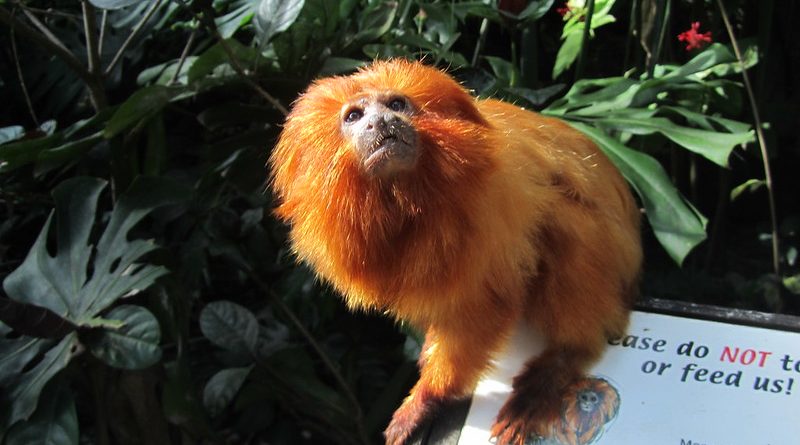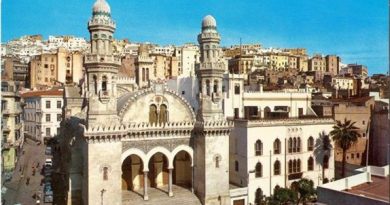The Golden Lemurs of Madagascar
Mention the word ‘Madagascar’ and chances are the image of a slender, furry primate with a long tail will spring into mind. Because of Madagascar’s geographic solation, lemurs are found nowhere else on earth. Lemurs call the highland rainforests of the country home.
Nature Facts
Where: Ranomafani Park, Madagascar, off south-east coast of Africa
What: Inquisitve small monkey-like primate with long tails, big eyes and near human hands
Creature Facts: The Golden Lemur wasn’t discovered until 1986; all lemurs are under threat or endangered species.
Primates Under Threat
Most lemurs are threatened and some are extremely endangered; new species may yet be discovered. The Golden Lemur, in fact, wasn’t discovered until 1986. The Golden Bamboo Lemur and the Bamboo Lemur are both endangered due to slash and burn agriculture and the threats from uncontrolled cattle grazing.
The Ring-Tailed Lemur is very commonly recognized; it is quick to explore and always curious. Lemurs are very intelligent and are expert at grasping food with their hands. Without the threat of monkeys or other large forest creatures, they have adapted well to the African rainforest.
Where to Spot a Lemur
Ranomafani National Park is one of the most popular in the country; visiting here you should be lucky enough to see the lemurs in action. Established in 1991, the park is only the fourth reserve put aside in a country that desperately needs to protect its dwindling rainforests. It is 260 miles south of the capital and it has been carefully drawn up to include no villages within its borders.
The Bamboo and Golden Bamboo lemurs, and the Madagascar Fish Eagle, and Serpent Eagle can also be seen here. Land snails are also endemic and can be as long as five inches (120mm).
When To Go
As rainfall is highest here between December and March, this is not the best time to visit the park. Nearly 30 rivers originate here and it is a major watershed for south eastern Madagascar.
Where To Stay
Camping is possible in a simple site near the ranger station; or rooms can be had for US$40 per night. It’s wise to book ahead because the park is popular with research scientists.
More information:
Lemurs of Madagascar
Hundreds of photos, cartoons and scientific classifications of Madagacar’s numerous Lemur species.
Lemurs.com
Visit the lemur photo gallery and send a lemur postcard to a friend.
Madagascar Wildlife Conservation
A malagasy non-profit association working to enable a sustainable natural habitat for future generations of humans, animals and plants of Madagascar.
A Madagascar-based charity that works on integrated conservation and development projects and sends volunteers to work with them.
Destination – Madagascar




